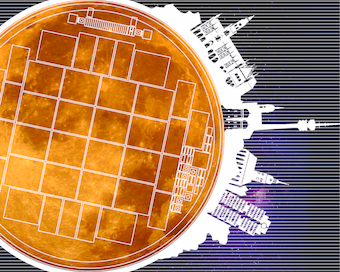Speaker
Description
The next generation of HEP space experiments impose extreme requirements on their detectors, that cannot be still satisfied by PMTs. An appealing alternative is offered by Single-Photon Avalanche Diode (SPAD) devices manufactured in deep sub-micron CMOS processes, which offer sensitivity down to the single photon level, with pico-second time resolution and micrometric position resolution.
CMOS-SPAD detectors in space must conserve useful performances despite being bombarded with high fluxes of particles. Understanding and modelling the effects of space radiation is crucial to enabling new spatial applications that require single-photon detection.
In this work, we investigate the radiation tolerance of SPADs sensors fabricated in a CMOS 150nm process. An irradiation campaign has been performed on several SPAD arrays implemented in different dimensions and junction layouts with protons up to 60 MeV at the LNS-INFN laboratories in Catania (Italy).
We characterized the dark count rate (DCR) as a function of the delivered proton fluence and estimate the equivalent space mission duration on several suitable space orbits, in order to provide the limits of operability in a such environment. All SPADs showed a significant increase in the DCR behaviour. Furthermore, for a large fraction of irradiated SPADs, DCR discrete fluctuations between two or more values have been observed, phenomenon known as Random Telegraph Signal (RTS).
Furthermore, a measurement campaign has been performed as function of temperature in order to gain some understanding about the radiation induced damage and the mitigation of their effects on the detector’s performance at low temperature.
